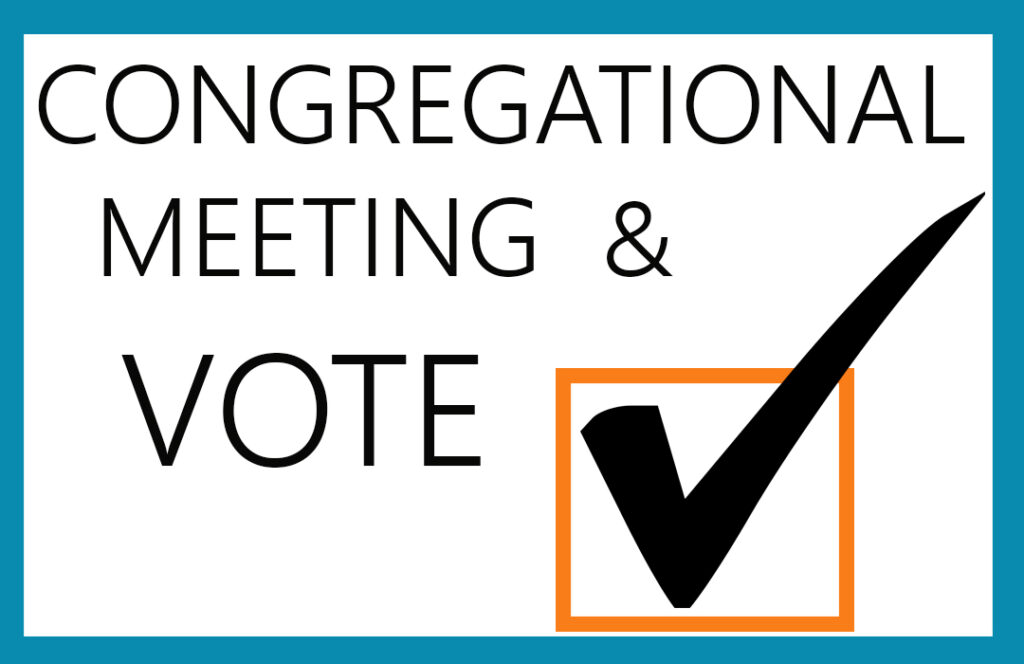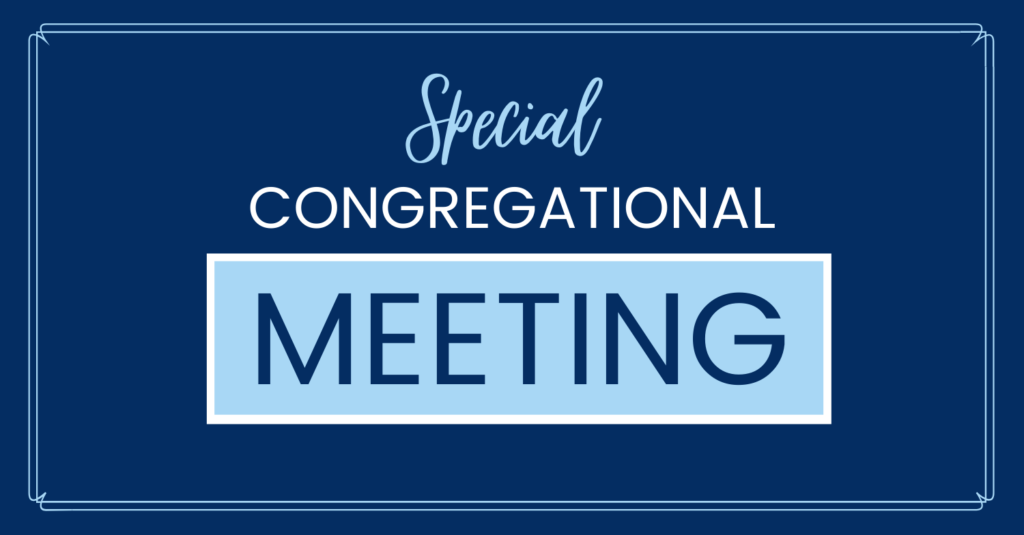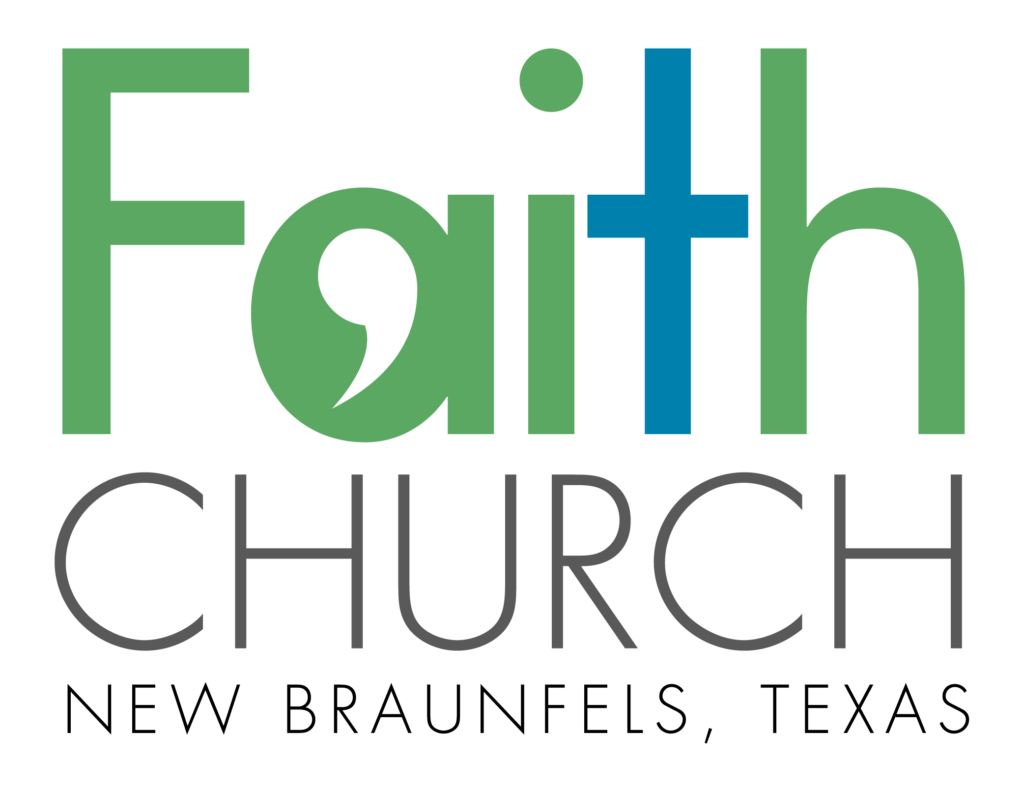Submitted by Campbell Lovett, SCC Interim Conference Minister
Over this past year, we have had to pivot—in our personal lives, as religious leaders, and in our organizations. We have found ways to be resourceful in ways we didn’t know we could. Perhaps we have even sensed a capacity to be resilient in order to navigate intense and unforeseen challenges. Resilience is often understood as the capacity to “bounce back,” but I prefer to think of it as the ability to return again and again to what matters. In other words, to cultivate resilience, we must practice pivoting.
Learning to Pivot
Most of us first learned to pivot when we learned to walk as toddlers.
Stephen Hayes, developer of Acceptance and Commitment Therapy and Coaching, points out that babies learning to walk can take about 2400 steps an hour, the equivalent of 7 football fields. During that hour, babies fall, on average, about 17 times.
One researcher calculated that this experience means that in a single day, even if a baby walked only half of its waking hours it would cover forty-six football fields and fall a hundred times. During this ordeal of learning to walk, fall, and get up again that toddlers develop the stamina for pivoting.
By taking a series of short rocking steps and adjusting direction a little at a time, toddlers learn to pivot smoothly. Then they learn to shift from one direction to another. Only by pivoting do toddlers finally accomplish walking.
Likewise, in life and leadership we recover from our falls—our mistakes—and either learn from them or we don’t.
Continuing to Pivot
The capacity to pivot is of course not just physical. It’s also psychological, spiritual, and organizational. Without the capacity to pivot, we would have found it hard to navigate the adaptation this past year has required of us.
To pivot as religious leaders and organizations means to change directions when the direction we aspire toward doesn’t take us there. To pivot requires us to make U-turns or reorient ourselves. For some of us, pivoting may mean changing our pace. This may mean that we have to slow down our tendency to seize on a quick fix or a known strategy.
Organizational Routines
Oftentimes, as leaders and as congregation we are not as flexible in our actions as we imagine ourselves to be. Therefore, though we might intend to pivot—to change what we are doing—we may actually do the opposite.
The organizational learning practitioner, Chris Argyris, highlighted the frequent gap between what we know and what we actually do. He taught some skillful and disciplined ways of articulating our “espoused theory”—what we say we want to do—while also observing what actually occurs—our “theory in action.” Our capacity to pivot is often stifled by the what Argyris called “organizational routines.” These “defensive routines” are automatic and outside our conscious awareness. These routines attempt to prevent us from experiencing embarrassment or threat as leaders (or organizations), but the result is often just the opposite.
Organizational routines can prevent us from identifying and eliminating the real causes of embarrassment or threat. We end up not learning because we have defended ourselves from the very conditions that could prompt learning. As Argyris put it, “Organizational defensive routines are anti-learning, overprotective, and self-sealing.”
Christians will recognize this phenomenon. It was named by Paul in his letter to the Romans: “For the good that I want, I do not do, but I practice the very evil that I do not want.” (Romans 7:19)
Disciplines for an Age of Overwhelm
Learning is essential in this time. To learn, we need to practice pivoting. To align our actions with our deepest aspirations and values, we must redirect ourselves toward the actions that would take us there. Organizational routines are like tires spinning in deep mud—we spin and spin. We look like we are expending useful energy but in fact we’re getting nowhere.
Currently many of us are immobilized by our routines and the tremendous challenge we face every day. Laura van Dernoot Lipsky defines our time in the title of her book, the Age of Overwhelm. She encourages us to find “strategies for the long haul.” Quick fixes to complex situations will not suffice. Such strategies must necessarily include what I am calling practices of pivoting.
Some of the major pivots required of us during the uncertainty and upheavals of our time are not just in what we do, but how we do whatever it is we do. Van Dernoot Lipsky proposes that we need to find ways to move from:
- Less distraction toward more intention
- Less disconnection toward more presence
- Less attachment to what we know toward more curiosity
- Less depletion toward more stamina
These pivots require more than changing our actions. They call us as leaders to slow the process down, even when the clamor is to speed things up.
How would you assess your own leadership along these dimensions? How would you assess your congregation? Take a moment to do a quick rating of yourself on each of these dimensions:
I tend to practice:
- Distraction ←→ Intentionality
- Disconnection ←→ Presence
- Attachment to what I already know ←→ Curiosity
- Depletion ←→ Attention to stamina
Our organization tends to practice:
- Distraction ←→ Intentionality
- Disconnection ←→ Presence
- Attachment to what I already know ←→ Curiosity
- Depletion ←→ Attention to stamina
Reflection:
Here are some questions that you might find helpful to reflect upon individually or with a group of leaders:
- What are some of your organizational defensive routines that are “anti-learning, protective and self-sealing?”
- When you look at your rating of yourself and your congregation on the 4 practices listed above, are you and you congregation similar or different?
- What pivots do you feel motivated to make as a leader?
- What pivots would you recommend to your organization?
This past year has indeed evoked resourcefulness that most of us did not know we had. Mostly in response to significant challenges. We had to do something in order to navigate these challenges. In the next several months, how we manage ourselves within the “overwhelm” will be as important as what we do. In what ways will we foster intentionality, presence, curiosity, and careful attention to our stamina?
Read More…






